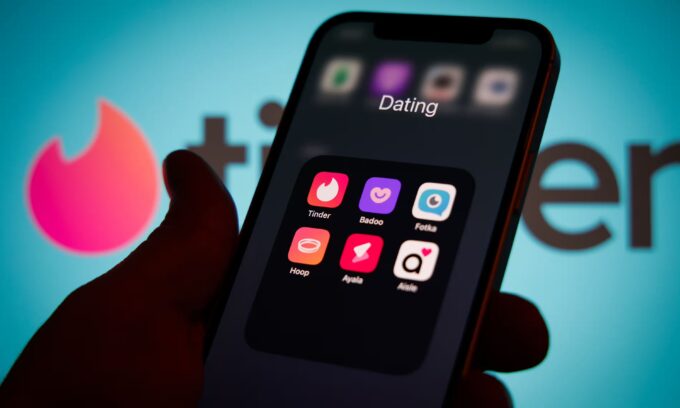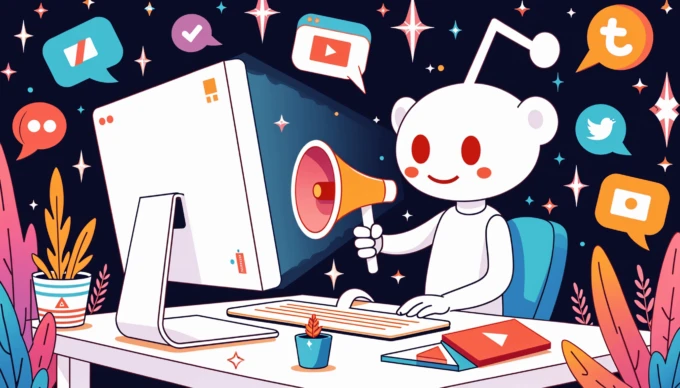Contents
User-generated content (UGC) is original content created by customers and posted on platforms they use. UGC can take many forms, including images, texts, videos, reviews, testimonials, or even podcasts.
Taking a selfie in front of the new restaurant in town and want to show the world? Chances are you’ll also snap a pic of the food and post it on your social profiles. Or you got a new product and posted an unboxing video on your YouTube channel. You may not be aware that both examples are user-generated content.
Still trying to figure it out? Don’t worry. We’ve got you covered.

When used in a marketing context, UGC often carries a greater authenticity than traditional efforts as it comes from sources outside the brand. Content generated by influencers falls under this category. Additionally, UGC can provide valuable insights into using a product or service which could benefit the company in multiple ways. Brands need to leverage their audience’s power and originality to drive results.
But let’s not forget that it’s not all about promoting products or services; more often than not, the most common type is when user-generated content is the entire experience of an app or website. Think about every dating app, every online marketplace, communities and forums.
Many businesses are built solely on the idea of user-generated content: Instagram, TikTok, Reddit, Wikipedia, Facebook, and almost all the other apps and services we all love and use every day.
This blog post will explore the different types of user-generated content, plus:
- How it’s used in various industries.
- See how brands leverage UGC.
- Why content moderation for UGC platforms matters.
- How countries regulate user-generated content regarding legality and other issues.
Types of user-generated content
These days anyone can influence with their words or images, either as part of an app, an influencer group, or individually by creating content in any format.
Many types of user-generated content can be harnessed to drive engagement and build trust between customers and brands. Common examples include:
- Text – Written content is one of the most common forms of user-generated content. Reviews, ratings, and comments left on websites, blogs, and other online platforms offer potential customers an insight into how a product or service is performing.
- Images and videos – Images and videos shared by customers on marketplaces, dating apps, and social media platforms give potential customers an idea about how people use and feel about the products or services they are interested in. Similarly, video submissions allow sharing of positive experiences with larger audiences.
- Reviews and comments – Product reviews and testimonials are probably some of the most influential pieces of user-generated content, as they look at how customers feel about the product or service being sold. Customers often leave honest feedback, which can help potential buyers make informed decisions before buying something online.
- QA forums – Another great way to provide helpful information to potential customers while gathering valuable feedback from them simultaneously. Users’ questions in these forums can help companies better understand customer pain points to improve these areas and their products.
- Case studies – From a marketing standpoint, case studies also prove to be effective pieces of user-generated content when appropriately used, as they offer an in-depth look into how particular products have been used successfully by real people in real scenarios — providing invaluable insights along the way that could prove beneficial for potential buyers too.
- Surveys – Don’t forget that surveys definitely fall into the category of UGC. They are another great way of gathering rich customer data through user-generated content while at the same time encouraging user engagement — ensuring that companies receive feedback directly from those intentionally interacting with their brands online.
Text posts
Text-based user-generated content is any written content created by a user and shared with others. This type of content can include blog posts, social media posts, tweets, comments in discussion forums, and even longer works such as essays or stories. User-generated content is often more personal and can provide unique insight into the perspectives of individuals on different topics. When used strategically, it can be an incredibly powerful form of marketing and communication.
Examples of user-generated texts are:
- The words you read on forums and communities like Wikipedia or Reddit.
- The bio of a user’s profile.
- Reviews of a product or service.
- Item descriptions on marketplaces.
- Comments from users on another piece of content.
Images and videos
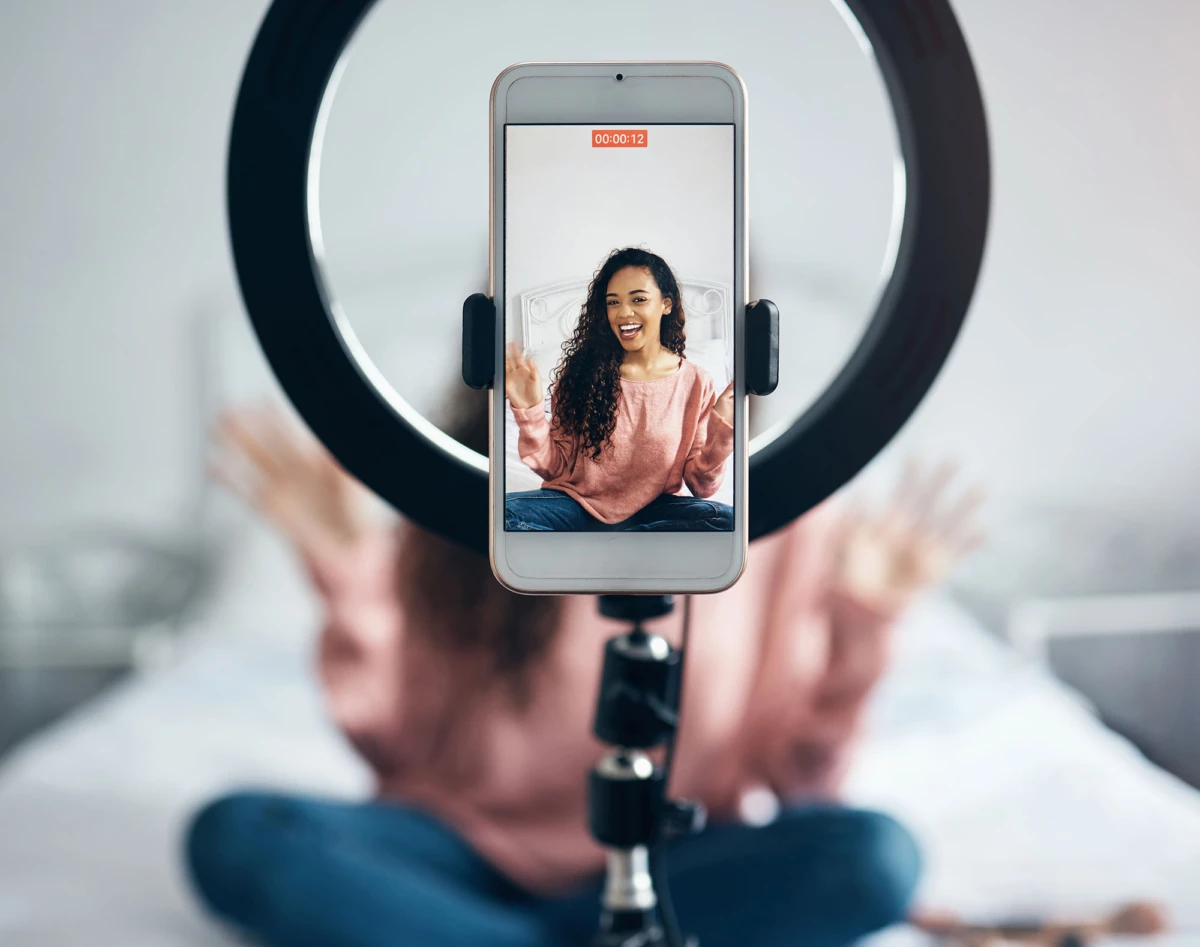
Images and videos provide visual representations of people, places, products, and services. If used in a marketing context, they can be shared across various channels like Instagram, Facebook, YouTube, etc. They offer an engaging way for brands to tell stories visually pleasingly and capture customer experience in real-time, such as video testimonials/reviews.
Videos have the potential to form a deep connection with customers. Their shareability and the possibility of going viral can lead to a business gaining more notoriety. Seeing real customers interacting with products and services in their environment offers credibility; UGC videos provide this plus a personal brand perspective, thereby garnering higher trust among viewers.
User-generated images and videos are important when users create content on platforms. They are the product images customers upload to sell on marketplaces, the video reviews of a holiday resort, and the user profile images and videos for dating apps. Without photos and videos, any app or website would be much duller.
Examples of user-generated images and videos:
- User profile pictures
- Product pictures for marketplaces
- Visualization for sharing economy services
- Endorsements for products and services
- Reviews
Reviews and comments
Trust matters in an era where authenticity and engagement are King.
Reviews are a great way for customers to express their experiences with products or services they have used. This helps potential customers make decisions regarding purchases while also providing helpful feedback to businesses about their offerings.
The surge of UGC has been inspired by platforms that allow users to showcase their creativity and connect them with a massive audience. TikTok is one example of this, resulting in UGC becoming a go-to tactic for businesses seeking to reach new customers.
This isn’t surprising, considering that 74% of customers use social media to aid their shopping decisions. This has fuelled the growth in content created by influencers, which typically promote products with links to discounts, competitions, or affiliate programs.
However, consumers find UGC nearly 10X more influential than influencer content when purchasing decisions, despite trends shifting rapidly. Even though influencer marketing is still effective, consumers know it is heavily incentivized and has lost a big chunk of its authenticity.
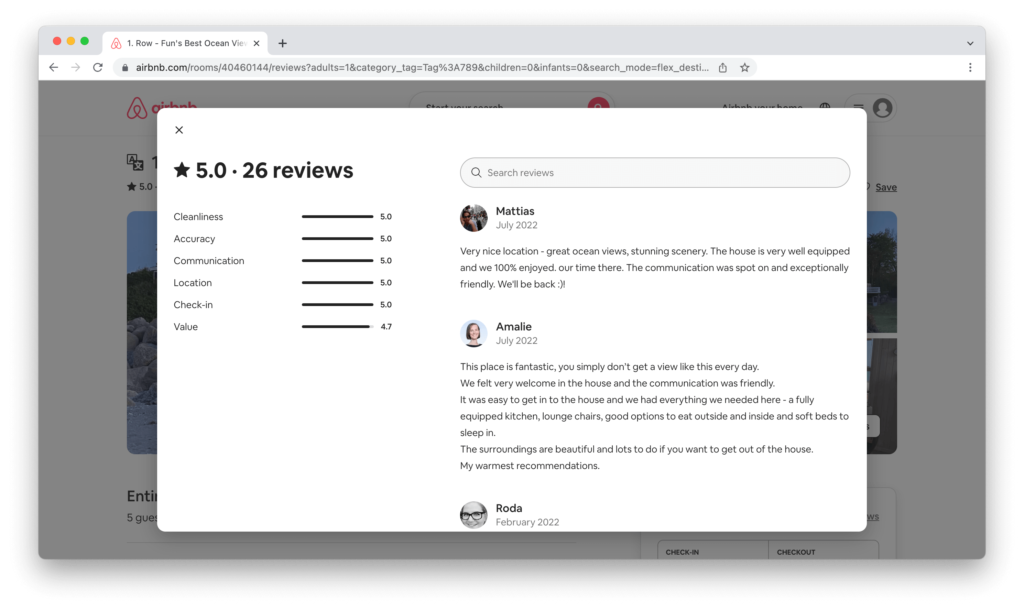
Social media comments
Social media platforms like Twitter, Mastodon, and Instagram allow users to comment on posts made by others or businesses themselves – giving customers a space within which they can directly communicate their opinions regarding ongoing events worldwide or brands specifically. This interaction further serves as social proof – showcasing what other people think about specific topics, which affects your choice when deciding whether to buy something.
How user-generated content is used
The many ways that user-generated content is used make it one of the most powerful tools in digital marketing today – helping businesses build relationships with customers through trust & transparency and enticing potential new customers through word-of-mouth recommendations, etc. Here are some examples:
eCommerce stores
E-commerce stores use reviews posted by users, both previous and current, to provide potential buyers with an insight into how much satisfaction past purchasers had regarding the product before they committed to buying it. This helps the decision-making process for shoppers by adding another source of information besides descriptions available on store websites.
Social media platforms
User-generated content is beneficial for promoting businesses on social media. It enables them to create authentic campaigns that encourage engagement and conversation among followers/fans, thus increasing the reach and visibility of brand messages.
But also, having real people offer testimonials about products adds credibility, which further helps conversion rates when people decide to purchase something.
Marketing efforts
Content created by users provides marketers with unique insights into consumer behavior and needs – allowing them access to data that would otherwise be impossible due lack of surveys being hard collected/analyzed across large populations. By tracking metrics like likes/shares, businesses can better understand how effective campaigns were while optimizing future ones accordingly, depending on the results produced.
Examples of user-generated content in action
From a marketing and business standpoint, user-generated content is quickly becoming one of the most effective tools for businesses and brands looking to drive engagement, grow their following, and boost sales. UGC consists of any content a user creates that a business or brand can use to promote its products or services.
Here are some examples of how companies have successfully used UGC as part of their overall content platform and marketing campaigns:
10 examples of successful companies utilizing user-generated content
- Airbnb – Airbnb is one platform that heavily relies upon user-generated content for its success; each listing contains reviews/ratings from past guests, which helps prospective tenants decide whether they should book with a particular host through Airbnb’s platform or not plus. Hosts must complete their profile page with details such as pictures/external references/contact information etc. Hence, guests have all relevant information before committing themselves either way.
- Sony – Sony ran an advert campaign entitled “Make Believe,” where they decided against hiring celebrity personalities and instead opting for ordinary members of the public who had already produced compelling material across Youtube/Instagram, etc., which perfectly conveyed Sony’s desired messaging.
- GoPro – The brand behind Hero cameras has encouraged people who have filmed amazing clips using their cameras to upload them onto their website & spread them across their social channels, integrating real-world footage into their campaigns rather than relying upon 3rd party agencies
- McDonald’s – The fast food giant ran an annual competition encouraging people worldwide to submit stories featuring elements from McDonald’s menu items, offering those selected the chance to win prizes such as trips away, etc.
- Apple – Apple cleverly uses customer stories in its promotional material, showcasing attractive imagery and inspiring biographies. It makes customers feel empowered knowing they may get featured alongside superstar names.
- Sephora – The make-up and beauty giant commonly reserves time during events when customers can take over their Instagram Stories, allowing users to do product reviews and directly connect with Sephora’s followers.
- Netflix – The streaming giant cleverly uses customer comments in its social media posts to further their reach. A common tactic adopted by many others since. More often than not, they’ll ask a simple question like “If you could spend the holidays with only one Netflix character, who would it be?” and their followers will jump on the comments and add funny memes and comments.
- Disney – The unboxing experience. Oh, this category just exploded over the last couple of years. Type in unboxing in YouTube’s search box, and around 100+ million results will display. A company like Disney gets incredible free exposure from users filming their children opening toys and reacting to them. But unboxing is just as big for tech companies with computers, phones, and tablets. Not all, but many of the famous YouTuber Marques Brownlee’s videos are unboxing videos. With 16+ million subscribers Brownlee, or MKBHD as he is known, is arguably one of the biggest stars of YouTube and was once touted as “the best technology reviewer on the planet right now” by Google. Consider what that kind of exposure can do for up-and-coming brands in niche markets like headphones and microphones.
- Amazon – Nothing is more powerful than what other people think of a product. Reviews are the quintessential use of user-generated content for marketplaces. Amazon hosts reviews from users about its products that other shoppers can see before they make a purchase decision.
- Adobe – There is certainly no shortage of content customers create using Adobe products. And it certainly is a win-win situation allowing creators to have their work showcased on Adobe’s Instagram account or Facebook page.
Example of user-generated content from Adobe on Instagram:
10 examples of user-generated content in marketing campaigns
- Taco Bell – #TacoEmojiEngine campaign: Taco Bell ran an incredibly successful campaign in early 2018, using only emojis to create hundreds of thousands of unique tacos. This campaign involved users creating their custom taco using four emojis, which were tweeted out with the hashtag #TacoEmojiEngine. Not only did this generate loads of engagement on social media, it also got users excited about Taco Bell’s food and encouraged them to purchase their products.
- Airbnb – #LiveThere Campaign: Airbnb launched a campaign in 2017 which asked users to post photos and captions describing what made them feel alive when they traveled. After receiving over 17 million submissions from users across all platforms, this campaign successfully helped Airbnb build its audience significantly.
- Red Bull – Gives You Wings Campaign: Red Bull has long been known for its vibrant brand identity and creative marketing campaigns. One example is its “Gives You Wings” campaign from 2011, wherein users were encouraged to share inspiring stories about how Red Bull had made them feel invincible or accomplished something extraordinary after sipping the beverage. The levels ranged from extreme sports achievements to just doing everyday tasks quicker than usual – proof that everyone can benefit from Red Bull!
- LEGO – Ideas Contest: LEGO ran a fan-submission contest in 2011, calling for ideas to make up future LEGO sets. The winner received $1,000 plus royalty fees whenever their design was bought off the shelves – proving that good ideas don’t always come from within the company! This was an incredibly effective way for LEGO to engage customers in product development while simultaneously boosting customer loyalty and engagement levels around its brand.
- Samsung – #DitchtheDSLR Challenge: In 2015, Samsung ran a competition asking amateur photographers worldwide to take photographs using only Galaxy S6 phones instead of digital single-lens reflex cameras (DSLRs). Over 8,500 entries were received, and the winning pictures showcased how powerful mobile photography can be – leading many budding photographers to switch exclusively to Samsung products.
- Nintendo – Animal Crossing Meme Contest: Nintendo ran an online contest in 2020 calling for memes created using screenshots taken from Animal Crossing: New Horizons with witty captions attached at the bottom. With over 70,000 entries submitted, this contest generated huge amounts of buzz around Nintendo while demonstrating how much fun players were having with the game – further increasing overall sales figures in the process!
- Starbucks: Starbucks has been successfully integrating UGC into its marketing strategy for a number of years now. Using the hashtag #MyStarbucksIdea, customers can submit their ideas for improving the company’s products or services via social media platforms such as Twitter and Instagram.
- Coca-Cola: A great example of using UGC to promote a product is Coca-Cola’s ‘Share a Coke’ campaign, which encouraged customers to share personalized drinks with their friends on social media sites such as Facebook, Twitter, and Instagram. The campaign was hugely successful and resulted in a 5% increase in sales across Europe during its launch.
- GoPro’s – #GoProAwards Contests: GoPro regularly runs contests asking fans for videos shot entirely on GoPros featuring innovative angles not normally seen before – all showcasing exactly why GoPros are so special compared to other recording devices out there! These contests have provided GoPro with high-quality content showcasing its devices’ capabilities and inspired others to get creative when trying new outdoor activities.
- Doritos – Super Bowl Commercials Contest: This is perhaps one of the most well-known UGC campaigns ever – Doritos’ Crash The Super Bowl commercial contest, which has been running since 2007 until 2019. Where contestants submit 30-second commercials featuring Doritos chips, which viewers vote upon based on entertainment value alone – no matter age or gender. This has been incredibly effective at generating immense engagement across all demographics because everyone loves watching funny ads – especially ones involving snacks like Doritos.
Why content moderation matters for UGC platforms
Imagine a world without content moderation. Here, we’ll help:
Say you’re looking to buy a bike. So, you search your favorite marketplace app for bikes in your area. Before pedaling off into the sunset with it, brace yourself for an arduous journey through a gauntlet of irrelevant pages of inappropriate images, scams, and unwelcome advances before getting your dream wheels.
Oh, and when you find a bike you’re interested in, don’t be surprised if you find a few photos of different bikes, so you’re not entirely sure which one is for sale.
The seller, qwertywarrior112948572@takeover.kp, seems a bit sketchy too.

User-generated content platforms are great and are becoming more popular. As they grow, so are the potential risks and associated opportunities. As a result, these platforms need effective content moderation practices to protect users, brands, and the platform itself.
Content moderation can take many forms, including reviewing posts before they appear on the platform or automated systems that flag posts for review.
Whatever form it takes, the goal of content moderation is to remove offensive, inappropriate, or illegal content from appearing on the platform. This is essential to ensure that users’ privacy and safety are maintained and that all appropriate laws are followed.
Content moderation also helps ensure that UGC platforms remain attractive destinations for advertisers looking to run campaigns or promote their products or services. Many advertisers require platforms to maintain certain standards regarding user experience or behavior. When UGC platforms have proactive content moderation policies, it can help attract new business and increase revenue streams.
Let’s not forget your online reputation
In addition to protecting users and businesses, content moderation can play an essential role in maintaining an organization’s reputation by ensuring that only quality content appears on its platform. Without an effective system, users may be exposed to potentially harmful posts that could negatively affect their opinion of the platform. Content moderations serve as a risk management tool and a means of maintaining trust between organizations and their end users.
Overall, effective content moderation practices are important for all UGC platforms. From protecting user privacy and safety to preventing reputational damage and attracting more business, having a system ensures that everyone involved feels secure when using the platform.
Different rules for user-generated content around the world
It is important to understand the laws and regulations surrounding UGC that differ from country to country.
In Europe, the European Union has set out detailed rules on UGC as part of its Copyright Directive. This includes provisions on how copyright owners can protect their work, how authors and publishers should be credited, and what exceptions exist for using copyrighted material.
The United States has a more lenient approach to UGC. Under the Digital Millennium Copyright Act (DMCA), users can freely share content they have created, provided they limit the scope of their use and do not infringe upon existing copyright holders’ rights.
In Japan, UGC is regulated by the Act-On Protection Of Rights Relating To Information Networked Environment (APORNE). This law was enacted in 2002 and requires companies to monitor user-generated content posted on their platforms for illegal or prohibited activities such as defamation or copyright infringement. The law also requires companies to remove any offending content or face severe fines or criminal penalties.
Australia’s Copyright Act provides users with certain exceptions when using copyrighted material for non-commercial purposes such as education, research, or critique. However, commercial usage is strictly prohibited without permission from the relevant copyright holder(s).
Overall, there is no single answer regarding user-generated content worldwide—each country’s laws vary widely based on its own particular needs and concerns. Understanding each nation’s legal requirements before engaging in any UGC activity is essential to ensure your business remains lawful.
Should you find yourself wondering what rules your business must abide by, you are welcome to reach out to Besedo.
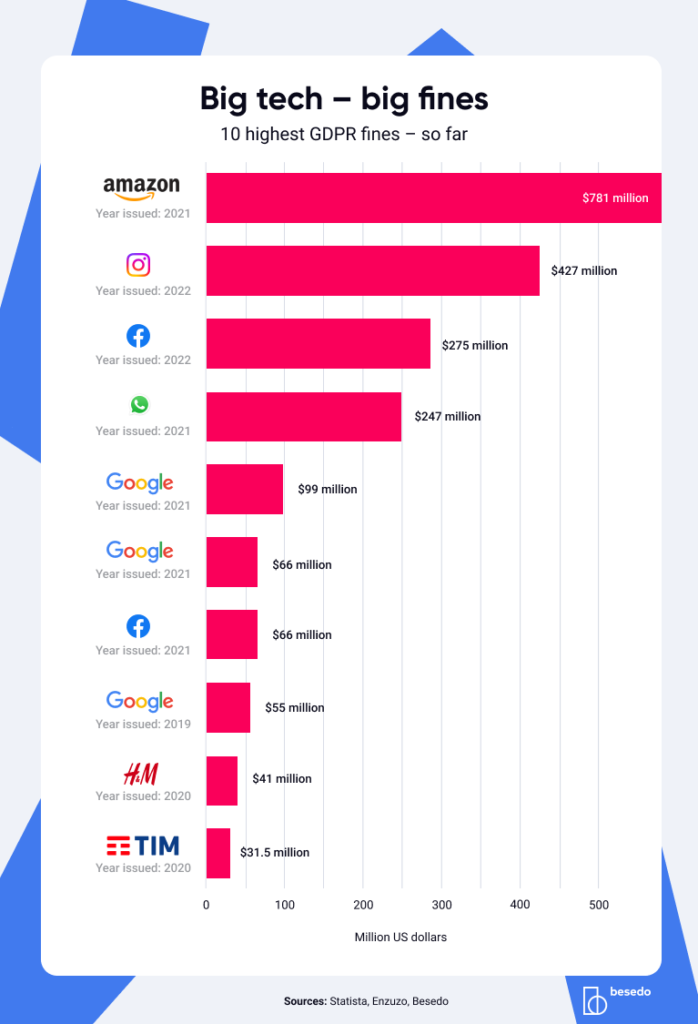
Summary and key takeaways
Clearly, user-generated content is an incredibly powerful tool used correctly by businesses and platforms alike—it builds trust between customers & brands while encouraging engagement within communities. However, moderation is key when dealing with UGC, as many legal considerations must be considered due to varying regulations worldwide. With all this in mind, hopefully, you will better understand user-generated content and why and how it’s used today.
Ahem… tap, tap… is this thing on? 🎙️
We’re Besedo and we provide content moderation tools and services to companies all over the world. Often behind the scenes.
Want to learn more? Check out our homepage and use cases.
And above all, don’t hesitate to contact us if you have questions or want a demo.


